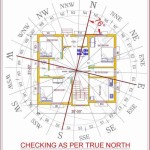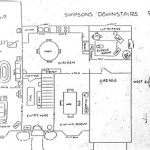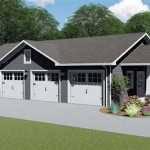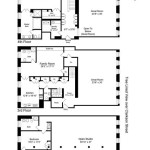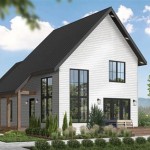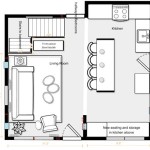Essential Aspects of Dog Kennel Floor Plans
Designing a functional and comfortable dog kennel requires careful planning, and one of the most important elements is the floor plan. A well-thought-out floor plan can enhance the well-being of the dogs, optimize space, and ensure efficient operations.
Here are some essential aspects to consider when creating a dog kennel floor plan:
1. Safety and Security
Safety should be paramount in any dog kennel. The floor plan should include adequate fencing, gates, and other barriers to prevent escapes, protect the dogs from potential hazards, and maintain a secure environment.
2. Space Allocation
Determine the number of dogs to be accommodated and allocate an appropriate amount of space for each dog. Consider the size of the dogs, their activity level, and the type of activities they will be engaged in. Provide ample space for exercise, play, and rest.
3. Indoor-Outdoor Access
Dogs benefit from both indoor and outdoor spaces. The floor plan should include both indoor kennels and outdoor runs. Outdoor runs provide dogs with fresh air, exercise, and an opportunity to explore. Indoor kennels offer shelter, protection, and a place to retreat.
4. Ventilation and Lighting
Proper ventilation is crucial for maintaining a healthy environment. The floor plan should provide adequate air circulation throughout the facility. Natural lighting is also beneficial, so incorporate windows or skylights where possible. Artificial lighting should be sufficient and energy-efficient.
5. Drainage and Sanitation
Effective drainage is essential for hygiene and preventing the spread of diseases. The floor plan should incorporate sloping floors and drainage systems to prevent water accumulation. Regularly clean and disinfect all surfaces to maintain a sanitary environment.
6. Isolation Area
An isolation area is necessary for dogs that may be sick or need to be quarantined. The isolation area should be located away from the main kennel areas and have separate ventilation and drainage systems.
7. Staff Accessibility
The floor plan should allow for easy staff access to all areas of the kennel. Staff should be able to safely and efficiently clean, feed, and interact with the dogs. Wide aisles and well-placed doors are important considerations.
8. Storage and Utilities
Consider the storage requirements for food, supplies, and equipment. The floor plan should include designated storage areas that are convenient for staff and do not interfere with the dogs' space.
9. Flexibility and Adaptability
The needs of the kennel may change over time. The floor plan should be flexible enough to accommodate these changes, such as adding or removing kennels, modifying outdoor runs, or adapting to new regulations.
10. Aesthetics and Comfort
While functionality is paramount, the aesthetics and comfort of the kennel should not be neglected. A well-designed floor plan can create a positive and stimulating environment for the dogs. Consider using natural materials, providing shaded areas, and incorporating enrichment activities.
By carefully considering these essential aspects, you can create a dog kennel floor plan that meets the needs of the dogs, maximizes space, and ensures a safe, healthy, and enjoyable environment for all involved.

Plans Free Dog Kennel Building How To Paint Rocking Horse

8x12 Dog Kennel Plans 2 Stall Shelter

Pin Page

Pin Page

Large 20x60 Dog Kennel The Collection

16x16 Dog Kennel Plans 4 Stall Shelter

Commercial Dog Kennel Plans

Garage Plan 91250 2 Car Apartment

Progress Report 6 18 Shep S Place

Pin Page

